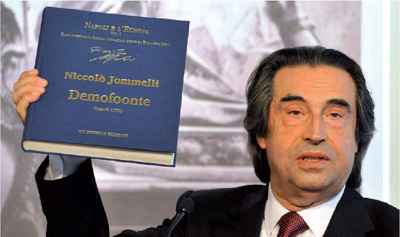Darwin’s On the origin of species and Wagner’s Tristan und Isolde, both completed in 1859, share an articulation of the shift from one worldview to another: from change as a repetitive circular movement to development as a cyclic process. Darwin’s treatise is more than a scientific theory—it is an aesthetic account of the wonders and beauty of nature. Wagner’s opera is more than a subjective work of art—it clearly reflects dimensions of evolution akin to scientific explanations of the phenomenon.
This according to “Darwin and Wagner: Evolution and aesthetic appreciation” by Edvin Østergaard (The journal of aesthetic education XLV/2 [summer 2011] pp. 83-108). Below, the unresolved harmonic tensions of the opera’s prelude create (in Østergaard’s words) a feeling of ongoingness, unfinishedness, and incertitude in a performance by Zubin Mehta and the Bayerisches Staatsorchester.
Related posts:













